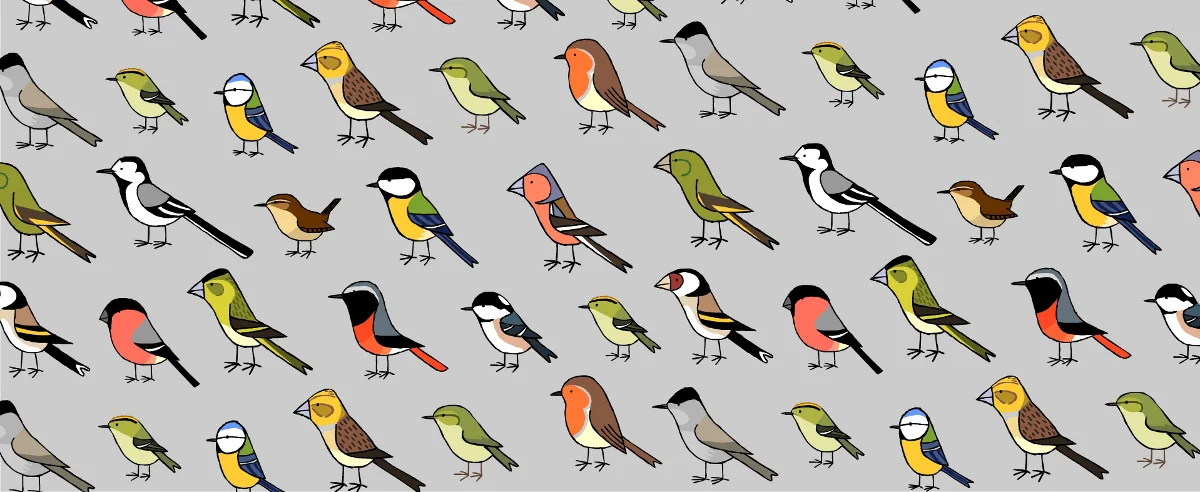Wood Thrush Notes July 19, 2024
Bird Bio: Turkey and Black vulture
Many of us have at some point looked to the sky with envy as we watched vultures circling effortlessly in lazy circles on the warm thermals of spring and summer. Long misunderstood and thought of as “bad omens” or worse, “carriers of disease”, vultures are actually quite the opposite. Beneficial to the environment and with a fascinating life history, it’s time we shed a little positive light on these misunderstood birds.
The Turkey vulture, (Cathartes aura) is the larger of the two species of vultures we have. With its brown wings and bald, wrinkly red head, the Turkey vulture is unlikely to win any beauty contests. However, what it lacks in looks it makes up for in its extremely keen sense of smell. Being able to detect odor particles in quantities as small as a few particles per trillion, these birds often fly relatively low in search of carrion. (Dead animals) Turkey vultures will often nest in caves, rock ledges or crevices, empty animal burrows, hollow logs, abandoned hawk or heron nests, or old barns. When they have found a suitable location, they may clear the area of debris, but do not actually build a nest. Most broods consist of 1-3 creamy white eggs, sometimes with streaks of gray, blue, or green. Once the eggs are laid, incubation lasts anywhere from 28-40 days. Once the chicks hatch, they are blind and helpless. The nestling phase then lasts 60-84 days. With a summer range as far north as Canada, and year round populations as far south as Argentina, these widespread scavengers can be seen throughout the Americas.
The Black vulture (Coragyps atratus) is slightly smaller and less widespread throughout North America. Despite being outnumbered in North America, their extensive population throughout South America makes the Black vulture the most common vulture species in the New World. They too are scavengers; however they do not have a developed sense of smell and instead locate carrion by sight. Black vultures can often be spotted patrolling the skies at seemingly impossible heights, flying high on thermal updrafts as they search for food. They are known to watch and follow Turkey vultures to carrion, where using numbers to offset their smaller size, will out compete the larger but solitary Turkey vulture. Black vultures will seek out similar nesting sites as Turkey vultures, looking for any kind of natural caves or large cavities. Once located, they too will lay 1-3 pale green to bluish eggs directly on the ground. Incubation lasts 38-39 days with a 70-98 day long nestling period. Black vultures have relatively advanced social hierarchies, with monogamous pairs that stay together year round. They continue to stay in familial groups, feeding young for upwards of 8 months. Even after this, they maintain strong social bonds with their families throughout their lives.
Both species of vulture have the toughest stomachs in the animal kingdom. With stomach acid 100 times more concentrated than our own, and even more acidic than the acid in your car’s battery, they are able to consume meat that is tainted with rabies, tuberculosis, or even anthrax. This level of acidity is able to destroy viruses and bacteria, so rather than being disease vectors, they are in fact nature’s disinfectors!







